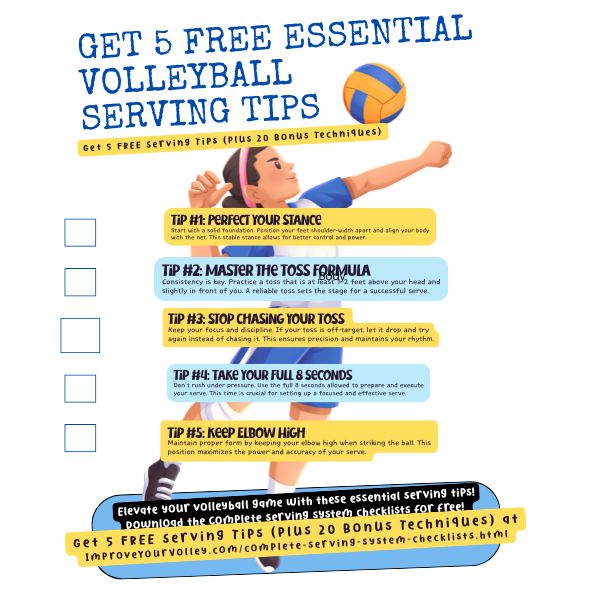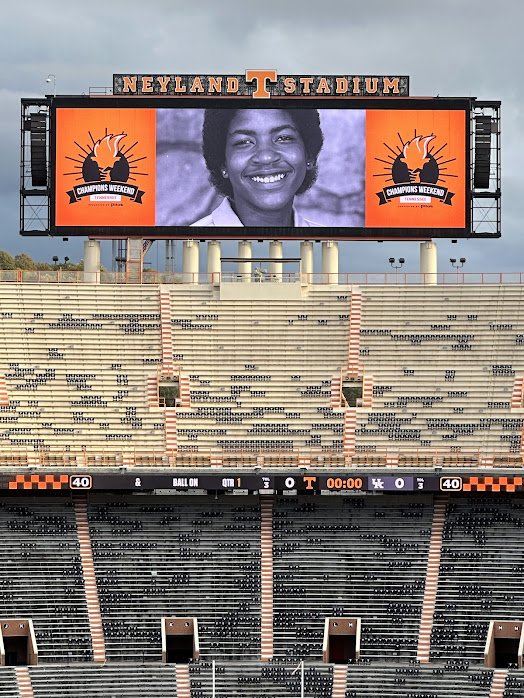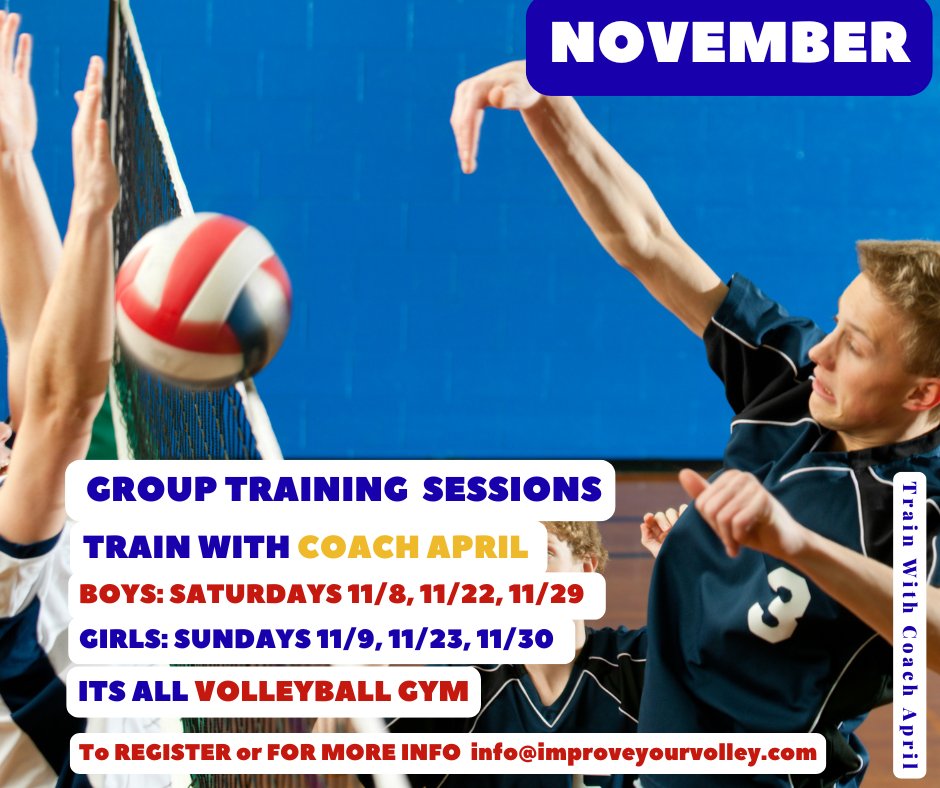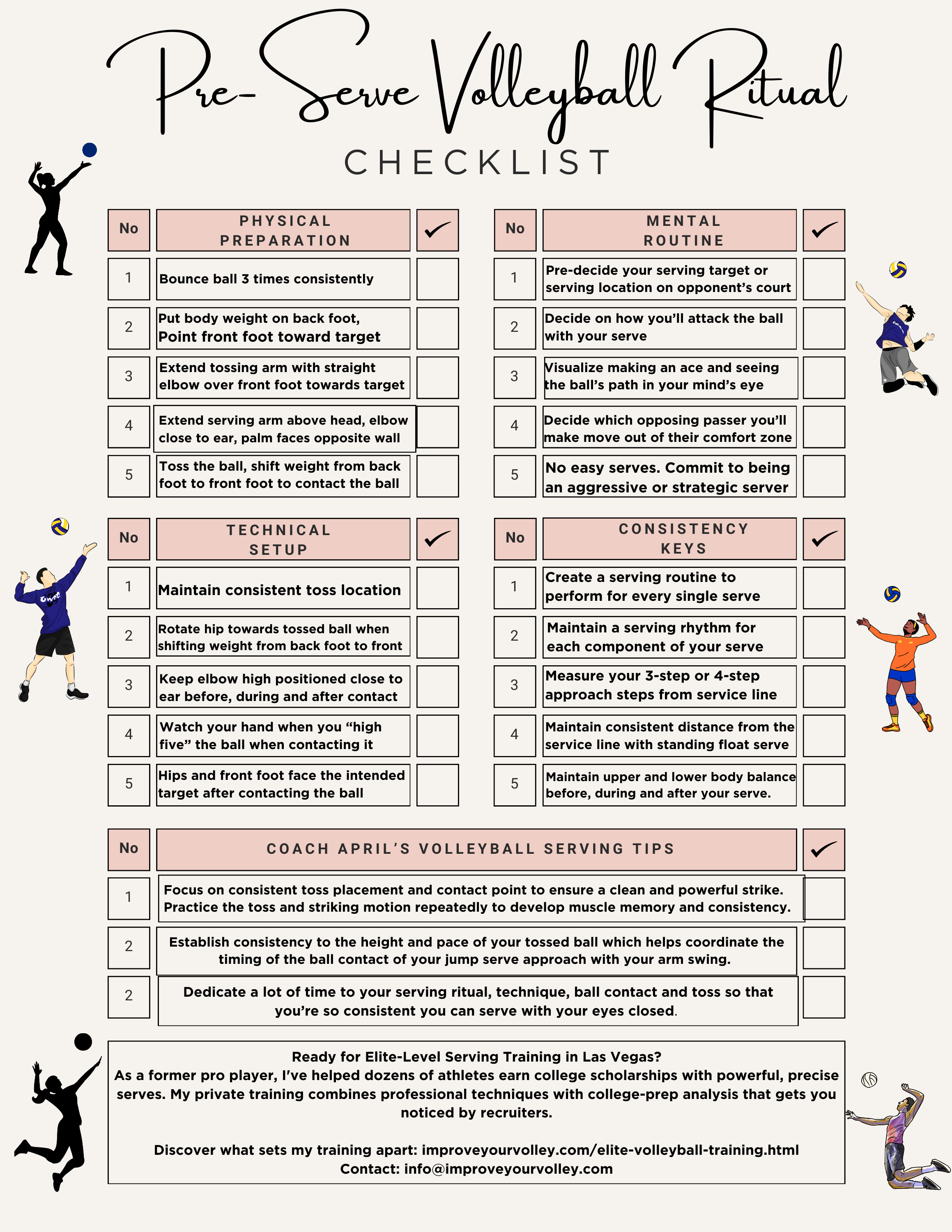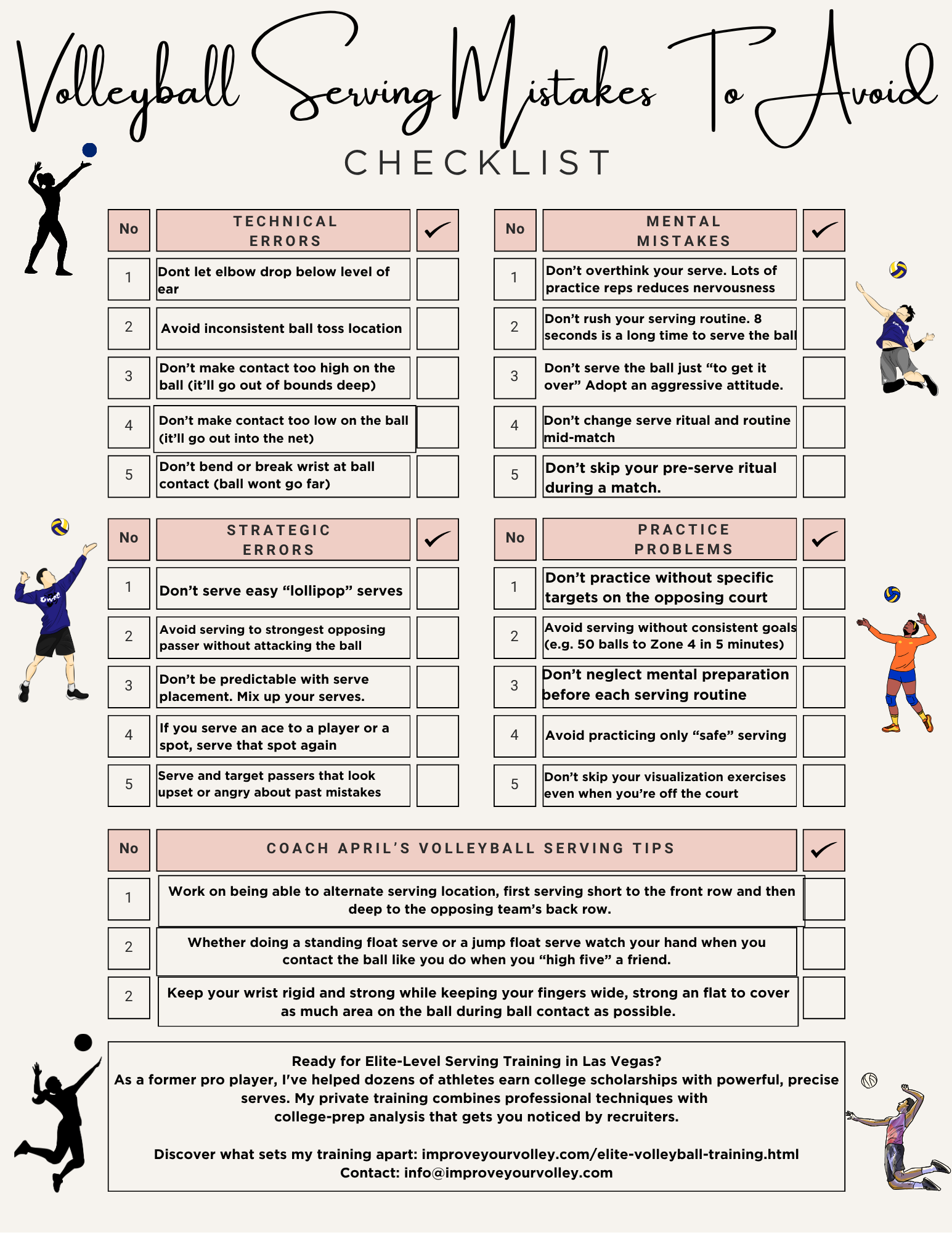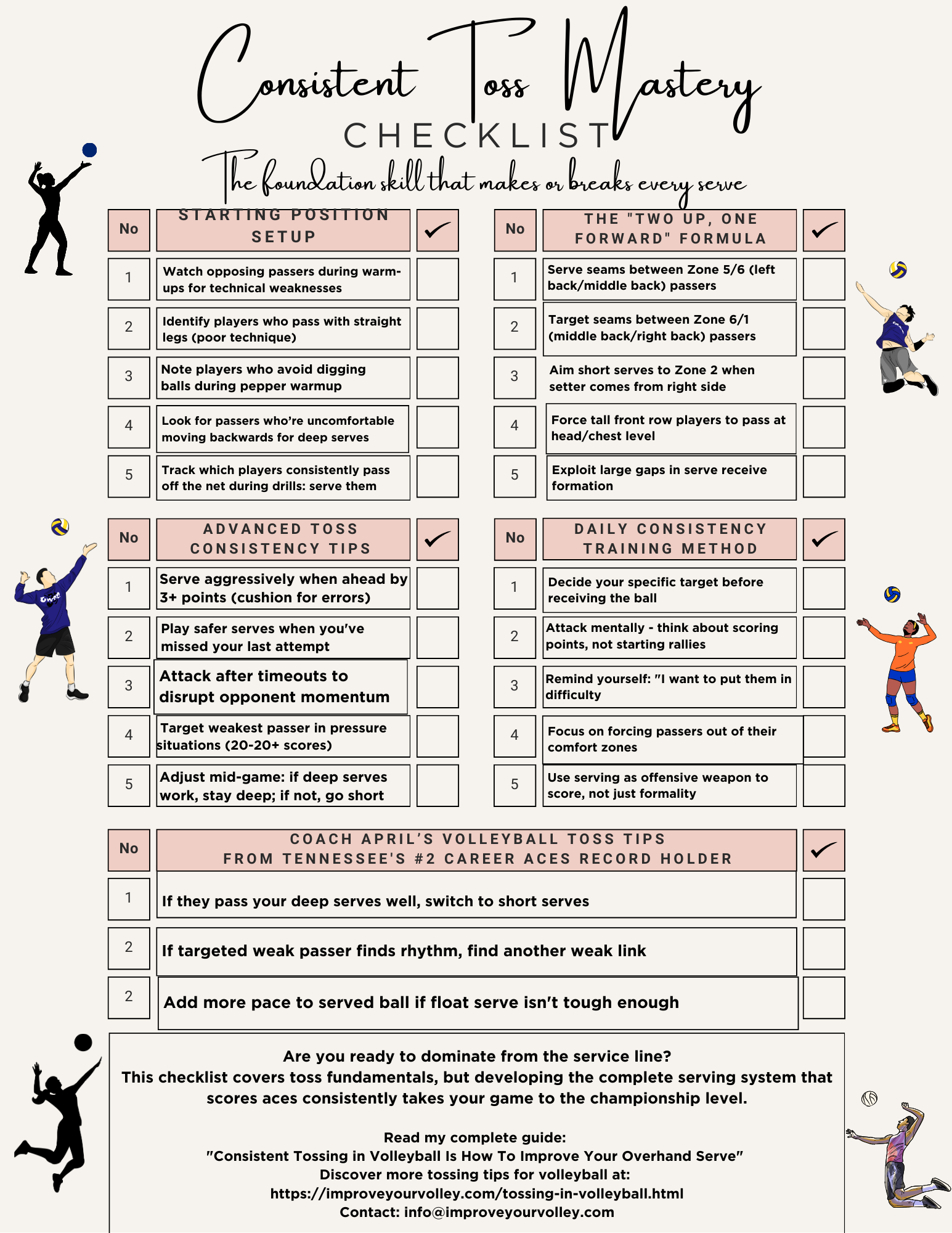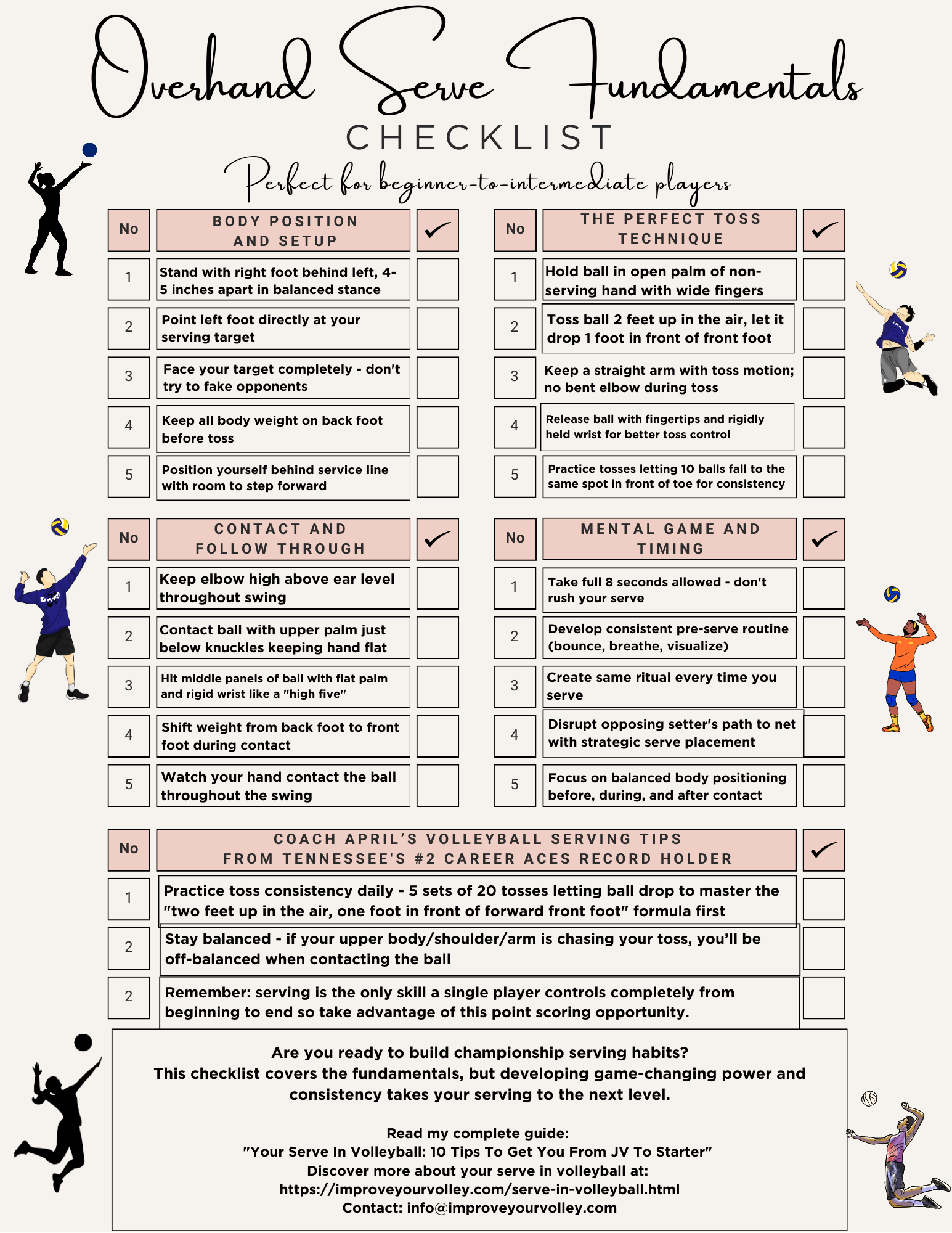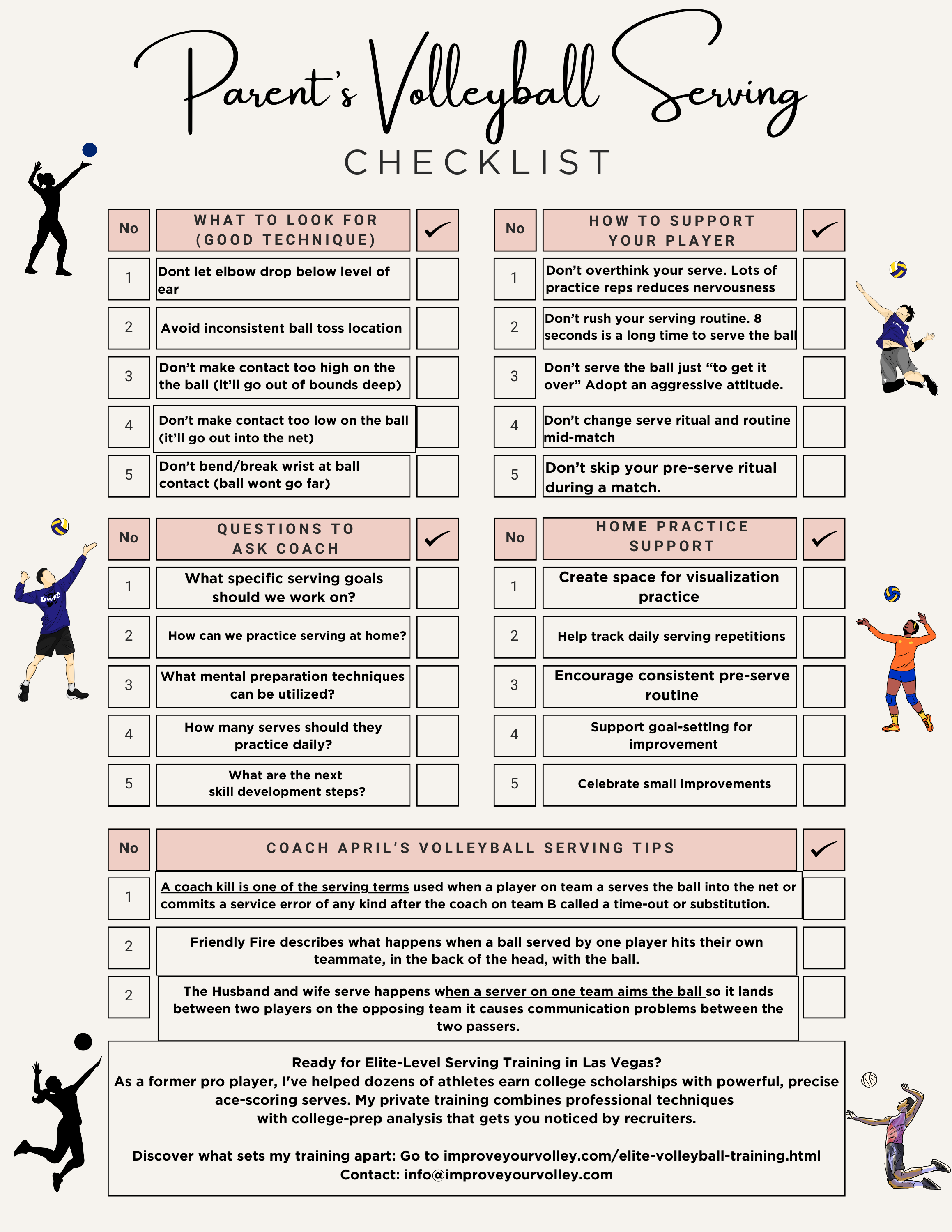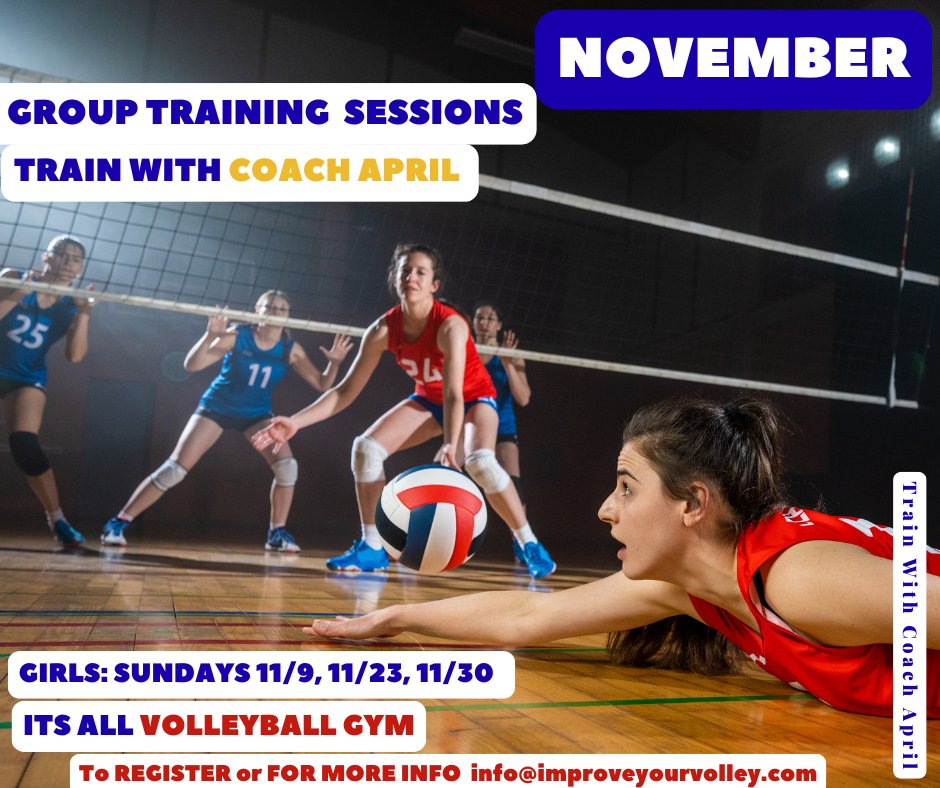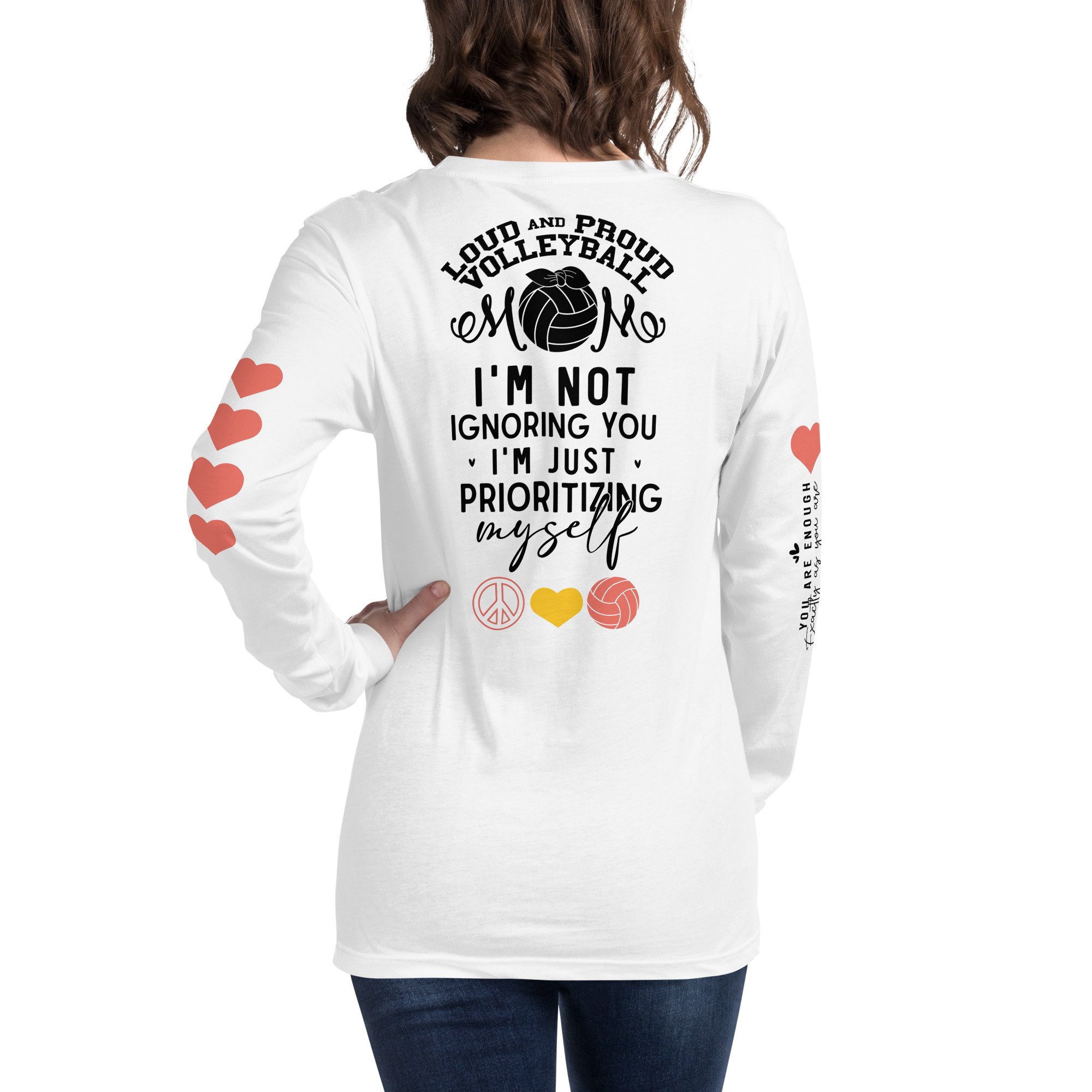- Improve Your Volleyball with Coach April
- Volleyball Serving Rules
- Basic Beach Volleyball Rules
Basic Beach Volleyball Rules New Sand Volleyball Players Need To Know
Here are some basic beach volleyball rules for setting, defense, passing, serving and more that will get you started on your beach volleyball education.
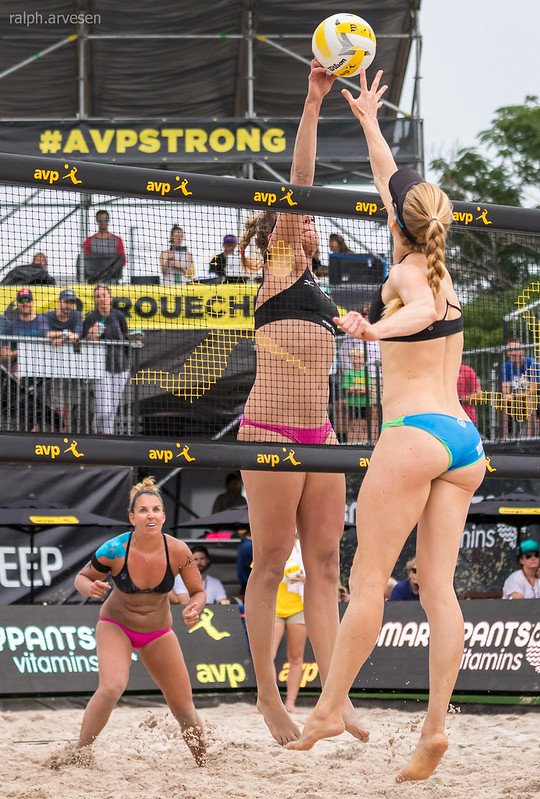 Learn the most basic beach volleyball rules adopted by the AVP that will get you started on your beach volleyball playing career. (Ralph Aversen)
Learn the most basic beach volleyball rules adopted by the AVP that will get you started on your beach volleyball playing career. (Ralph Aversen)Check out these basic beach rules before you go out to play in the sand.
Beach Volleyball Scoring
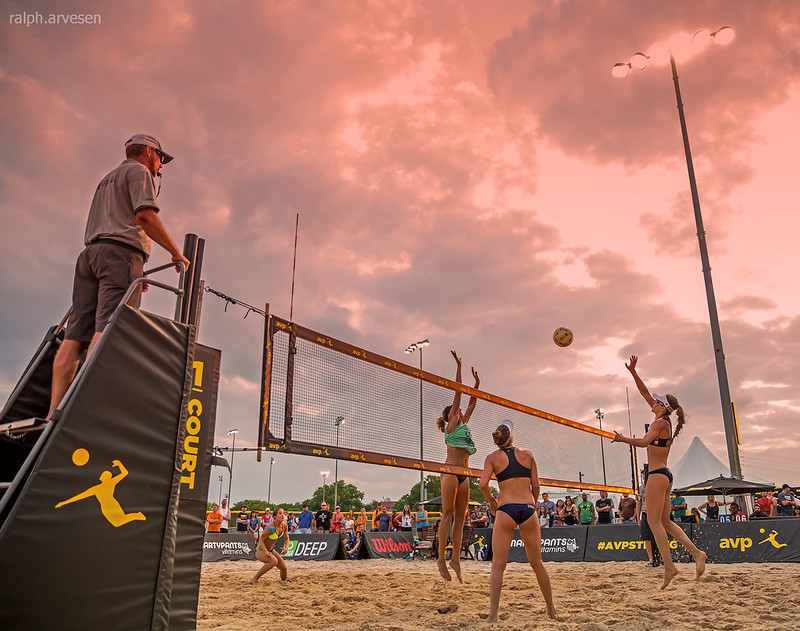 Beach Volleyball Rules: A side change will occur every seven (7) points in the first two sets and every five (5) points in the third set. (Ralph Aversen)
Beach Volleyball Rules: A side change will occur every seven (7) points in the first two sets and every five (5) points in the third set. (Ralph Aversen)- The first two sets are played to 21 points.
- The third set is played to 15 points.
- Teams must have a two-point advantage to win a set and there will be no caps used.
- A side change will occur every seven (7) points in the first two sets and every five (5) points in the third set. So, for example if the score is 5 - 2, 4 - 3, 6 -1 or 7 - 0 at each multiple of seven the teams switch courts.
Beach Volleyball Timeouts
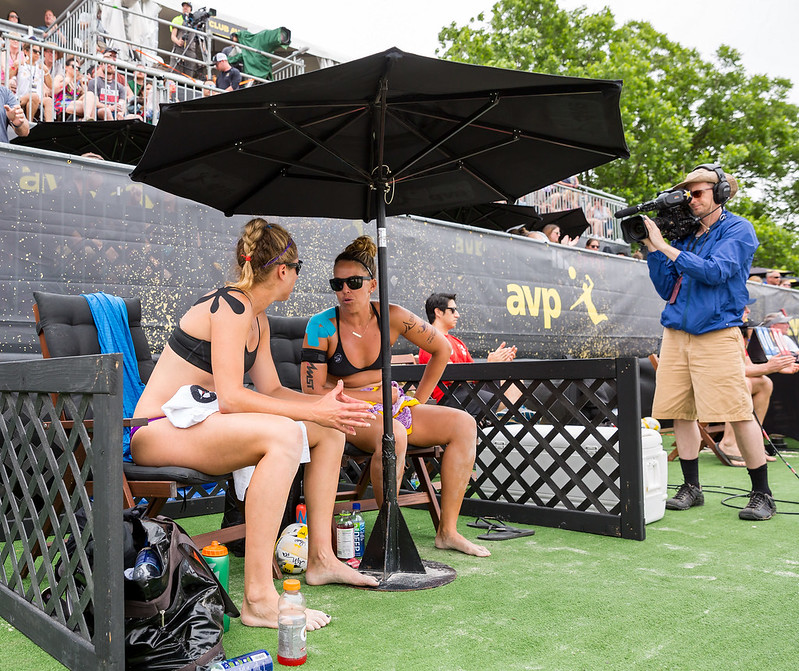 Beach Volleyball Rules: There are two (2) timeouts per set with a duration of 30 seconds each. Only one (1) injury timeout per player per match is allowed.(Ralph Aversen)
Beach Volleyball Rules: There are two (2) timeouts per set with a duration of 30 seconds each. Only one (1) injury timeout per player per match is allowed.(Ralph Aversen)There are two (2) timeouts per set with a duration of 30 seconds each.
Only one (1) injury timeout per player per match is allowed.
Beach Volleyball Court Size and Court Lines
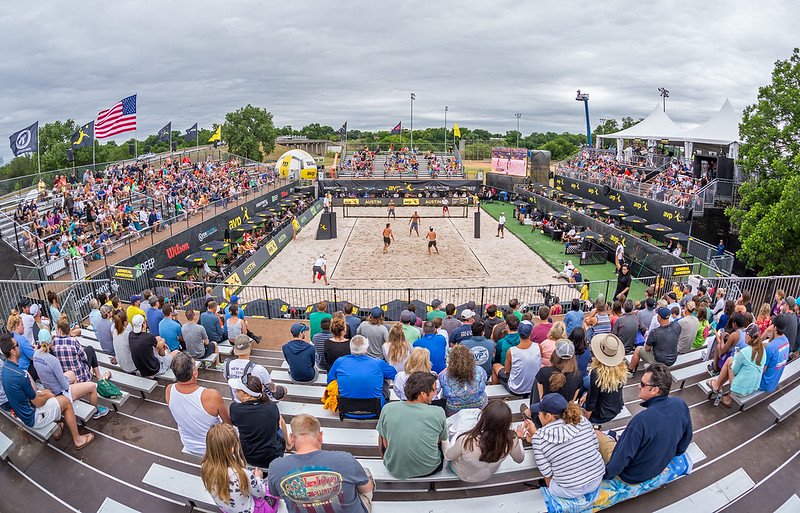 Beach Volleyball Rules: The beach volleyball court dimensions are 26 feet 3 inches by 26 feet 3 inches. In other words, each half court is 8 meters by 8 meters. (Ralph Aversen)
Beach Volleyball Rules: The beach volleyball court dimensions are 26 feet 3 inches by 26 feet 3 inches. In other words, each half court is 8 meters by 8 meters. (Ralph Aversen)The beach volleyball court dimensions are 26 feet 3 inches by 26 feet 3 inches. In other words, each half court is 8 meters by 8 meters.
Of course when playing on a sand court, there's no centerline like there is on the indoor court.
I'm talking about that line that is parallel and underneath the net which separates the two courts of the teams that are playing against each other.
That's not the only thing missing on a sand court.
Unlike an indoor court, there are no attack lines on an outdoor court.
So, if you find yourself looking for a ten foot line, you won't find one.
To be clear, according to the official sand rules the only lines on a court are the boundary lines, which mark the outermost limits of the court.
These boundary lines should be anywhere from five (5) to (8) eight centimeters wide. That's anywhere from (2) two to (3)three and one-eighth inch wide.
That's why the boundary lines will look different depending on the tournament you play in.
You may see thin lines which are called "rope" lines used in some sand tournaments or you might see organizers use wider lines made of flexible soft material that's pliable if a player or the ball lands on it.
Regardless of the lines used on the court, they must be a contrasting color so they can be easily seen in the sand by the referee and by opposing players on the other side.
One of the official sand rules regarding the court states that there should be a minimum of twenty-three feet of open space above the court.
So no low hanging ceilings or basketball baskets or anything that can interfere with the ball while its in play that is lower than twenty three feet above the court.
This comes into play for indoor sand courts.
Beach Volleyball
Serving Rules
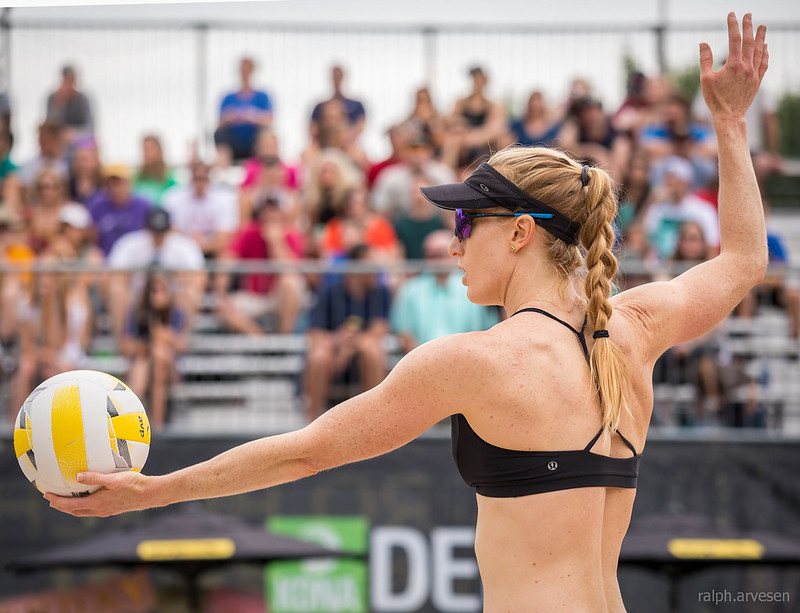 Beach Volleyball Rules: In 2001, the AVP introduced the "let serve" into official beach volleyball competition. (Ralph Aversen)
Beach Volleyball Rules: In 2001, the AVP introduced the "let serve" into official beach volleyball competition. (Ralph Aversen)In 2001, the AVP introduced the "let serve" into official beach volleyball competition.
The "let serve" means if a beach player serves a ball that touches the net on its way over to the opponent's court, the ball remains in play and the opposing team is obligated to attempt to play it.
Beach Volleyball Setting Rules
Beach Volleyball Setting
In beach volleyball
- a player is not allowed to contact the ball with an open hand "dink."
- Any attempts at setting the volleyball over the net into the opposing team's court must be done with the player facing the direction that they are setting.
- A player cannot re-direct a ball by facing one direction, then setting to another one.
There are stricter volleyball rules regarding double contacts for setting a ball on the beach.
- Ball Contact - When contacting the ball with your hands if the ball doesn't cleanly come out of your hands with virtually no spin a foul will be called.
- Back Set - like the front set your back set must travel within the plane of where you are facing. The back set ball must go straight back behind you ...you cannot side set or face one direction and back set the ball that goes in another direction.
Beach Volleyball Blocking Rules
Beach Volleyball Block
Unlike indoor volleyball, when a beach player blocks a ball,
- that counts as the first of the three contacts a team is allowed to make, so they subsequently have only two more contacts to get the ball into the opponent's court.
In other words the block is considered the first of three contacts if the ball falls back into your court.
Beach Volleyball Defense
Basic Rules Of Volleyball On Beach Defense
There are stricter rules regarding lifting or holding the ball while playing defense on the beach.
- Open hand digs are allowed on the beach as long as you don't hold the ball so it comes to a stop in your hands.
I've explained more beach volleyball rules in these series of articles below.

This has been an important message by your favorite volleyball coach! That's me!!
Thanks for visiting.
Be sure to check out more of my volleyball articles by clicking one of the links below! (April Chapple)
If your athlete struggles with consistent serve receive, gets subbed out, or is overlooked for playing time—this is the fix you’ve been looking for.

Struggling with passing consistency?
I help talented passers tired of getting pulled from games because of inconsistent serve receive skills BUILD passing confidence without expensive private lessons using the same 3-step system that's helped dozens of my athletes get recruited.
Download my eBook for $17.99 and start building the passing confidence that keeps you on the court—and gets you seen by college coaches.
From Lady Vol to Legend: Coach April Produces Powerful Passionate Players...is that you?
What Are You Looking For?
Click to Download Your Pre Serving Ritual Mastery Checklist pdf:
🎯Volleyball Pre Serving Ritual Guide -
Players! Learn How To Transform Your Serve from Weak to Weapon
Click to Download Your Parent's Volleyball Serving Checklist pdf
🎯Parent's Volleyball Serving Checklist Guide
Parents! Help Your Player Develop Championship Serves (Even If You've Never Played)

Hi there!
Thanks for stopping by. Hope you learned something today that will help you reach your volleyball goals.
Be sure to subscribe to my email newsletter so you can learn more each week!
Stay strong! Stay motivated!
-Coach April

SUSCRIBE to my email newsletter below!
 Click to learn more about the weekly volleyball classes and clinics or email info@imrpoveyourvolley.com for information
Click to learn more about the weekly volleyball classes and clinics or email info@imrpoveyourvolley.com for informationCongratulations to my seven Boys-18s Vegas Volley club players who played in two state championship finals yesterday, the 3A and 5A State champinship finals at Sunrise Mountain High School.
TOURNAMENT CHAMPIONS!
A-1 Vegas Volley VBC
In It To Win It Tournament
May 2 - 4, 2025 Tournament
Gold Medalists
18s Premier Division
Vegas Volleyball's Unsung Heroes: Celebrating Moms with Peace Love Volleyball Shirts
Ready to energize your volleyball mom journey?
Subscribe to my 'Producing Powerful Passionate Peaceful Players' email list above on ImproveYourVolley.com.
You'll receive energy-boosting tips, exclusive insights from me, Coach April Chapple on maintaining momentum in volleyball.
Let's power up the Vegas volleyball scene together!
Recent Articles
-
The Volleyball Checklist: Skill Development Systems That Get Results
Dec 30, 25 02:27 AM
Master serving, passing and other basic skills with a step-by-step volleyball checklist from a Tennessee Hall of Famer who trains college-recruited athletes. -
4 Ways To Improve Volleyball Skills: Your 2026 At-Home Training System
Dec 29, 25 01:14 AM
With these 4 high school volleyball tips I explain ways to improve volleyball skills on your own without the help of your coach in practice and in games. -
Workouts To Improve Volleyball Skills: 4-Week Training Plan & Tracker
Dec 28, 25 09:51 PM
Get complete structured 4-week workouts to improve volleyball skills with daily training schedules, self-assessment checklists, and progress tracking.
